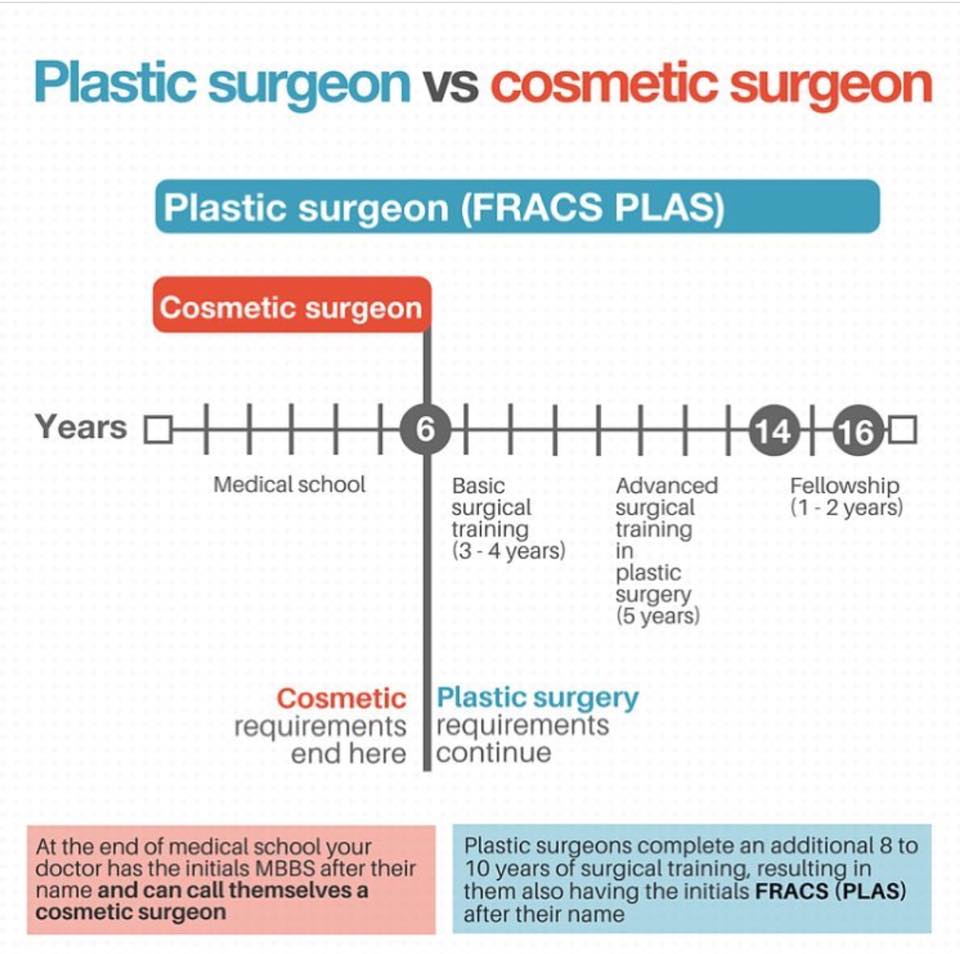AHAs are a vital active ingredient for unclogging pore obstructions and lightening up acne-prone skin. They function by breaking down dead skin cell buildup to advertise newer, fresher cells, and stopping future blockages.
Developing topical AHAs necessitates thorough interest to numerous essential variables that substantially influence their effectiveness and tolerability. Keeping the optimal pH variety, along with car option and concentration, magnifies their exfoliative features while reducing prospective damaging responses.
Glycolic acid
Glycolic acid is known for its moderate yet efficient scrubing residential or commercial properties, which promote skin's natural dropping and loosen up the "adhesive" that holds dead cells externally of the skin. This aids unblock pores and decrease the look of great lines and creases, along with boost total skin appearance and tone.
Surprisingly, topical glycolic acid has actually likewise been shown to stimulate the production of collagen, which is critical in maintaining skin's suppleness and flexibility. It is very important to note, nevertheless, that because glycolic acid can boost the skin's level of sensitivity to sunlight, it is essential to put on sunscreen when using any kind of products containing this active ingredient.
Skin specialists pay careful interest to the formulation of items including AHAs in order to maximize their effectiveness and tolerability. Creating AHAs with the suitable lorry, together with pH and focus considerations, permits optimal skin penetration while decreasing prospective negative responses. This is especially critical for patients with sensitive skin, given that AHAs are known to be mildly annoying.
Lactic acid
Lactic acid is located in lots of over-the-counter skin care items and some more powerful specialist peels and therapies. It has the most affordable molecular weight of all the AHAs and is able to penetrate deeper into the skin, where it is more effective at unclogging pores and exfoliating.
Like glycolic acid, it also stimulates collagen synthesis, which helps diminish fine lines and wrinkles and improve skin texture. In addition, it has moisture-retention properties, that makes it preferable for drier skin kinds than various other AHAs.
The considerable body of scientific data validating the efficacy of topical AHAs supports their energy in a wide variety of dermatological afflictions and visual issues. These include intricate skin restoration procedures, attenuation of fine lines and creases, lightening of hyperpigmentation, healing treatment for actinic keratosis, and acne administration [2] Maximizing the formula of AHAs by balancing pH, focus, and vehicle option even more enhances their healing capacity. These mindful considerations make it possible for skin specialists to deliver safe and reliable treatments that offer premium medical results.
Mandelic acid
Mandelic acid, stemmed from almonds, is another participant of the AHA family members and is a popular component in items that aid treat acne. Its bigger molecular size implies it passes through the skin much more gradually and carefully, which can minimize the possibility for irritation. It's also less likely to set off inflammation and various other skin level of sensitivity problems, making it appropriate for delicate skin types.
Mandelic Acid is thought to help in reducing swelling and boost hydration. It functions by loosening up the bonds between dead skin cells, allowing them to lose and expose fresher-looking skin. It also helps in reducing the appearance of enlarged pores.
Developing topical products with AHAs calls for an accurate balance of crucial factors that dramatically affect their efficiency and tolerability. Particularly, the pH of an AHA solution has been revealed to play a crucial duty in its ability to advertise peeling and enhance complexion and appearance. Achieving this ideal focus is a challenging goal and calls for thorough attention to the different aspects that influence the formulation process.
Citric acid
Citric acid, discovered in citrus fruits such as oranges and lemons, is a moderate AHA. It's much less bothersome than glycolic or lactic acid, making it preferable for sensitive skin. It also has astringent homes, assisting to dry out excess oil.
Like other AHAs, citric acid can be utilized in chemical peels and everyday active/maintenance treatments to exfoliate the skin and promote cell turnover. It can help in reducing the look of dark places and hyperpigmentation, in addition to fine facial lines.
It can also raise the synthesis of glycosaminoglycans, which play a vital duty in enhancing the skin barrier laser hair removal feature. This assists to prevent trans-epidermal water loss, and maintain optimum hydration levels in the skin [35]
AHAs can be combined with comforting components such as ceramides or hyaluronic acid to improve their tolerability. They can be included into day-to-day active/maintenance skin care through lotion or serum formulas. This allows experts to tailor their AHA therapies based on individual needs and preferences, with the adaptability of selecting from various treatment intensities or focus.
